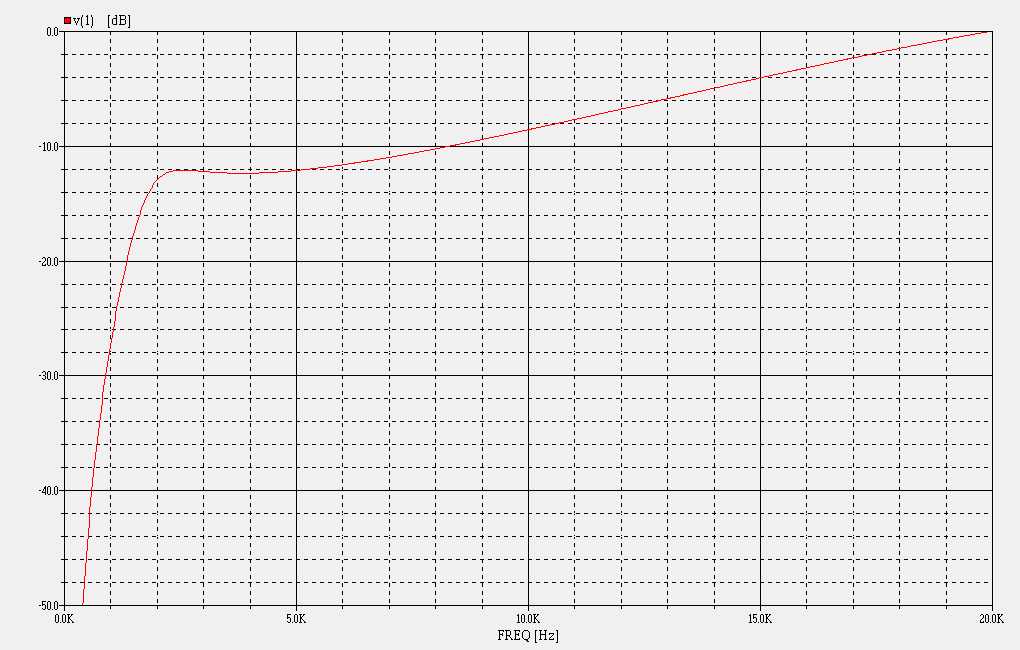Model the circuit in Spice. The rising impedance of the tweeter's voice coil and the constant impedance of padding resistors makes a little bit of HF boost without any bypass capacitance. The crossover also interacts with the padding, because it sets the load, which determines filter Q. π crossovers take advantage of this fact by increasing crossover Q just a little so the crossover point is boosted very slightly, to make an initial flat region before HF compensation begins.
Compression drivers are typically flat to 4kHz or so, and then output starts to fall. Radial horns have constant directivity in the horizontal plane, but they have collapsing DI in the vertical plane. So, unlike pure (conical) CD horns, they have some acoustic EQ, but not as much as horns with collapsing DI in both planes. The bypassed padding arrangement is just perfect for these kinds of horns, especially if padding is somewhere between 6-12dB. It provides a complementary curve to the tweeter's response, so response is good on axis and uniform along the horizontal plane.







